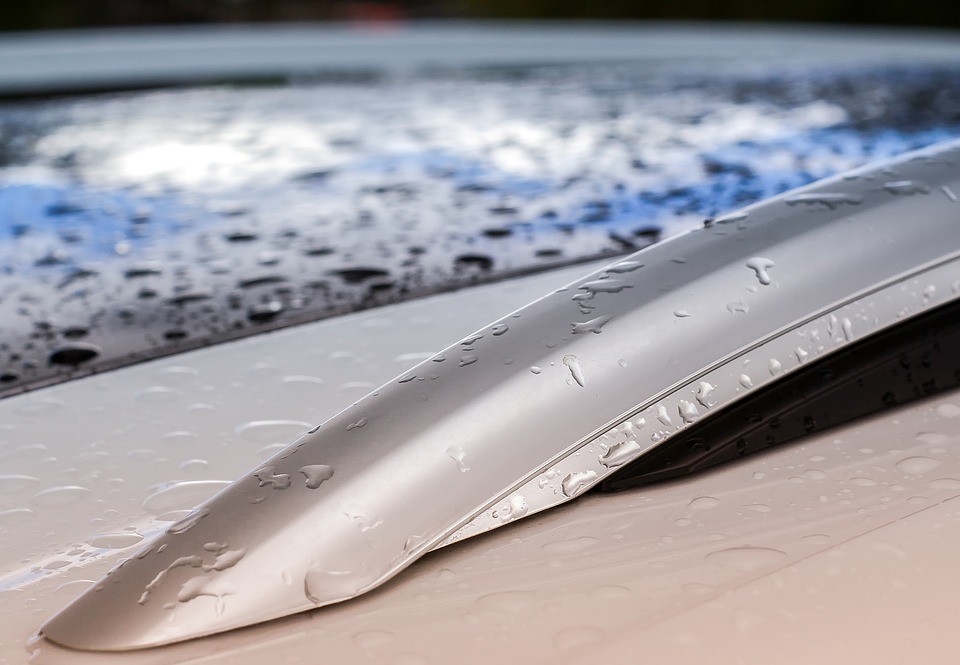
Table of Contents
Everyone has been there. You lean against a piece of metal and wonder what kind of metal is this? How does it stay protected against the weather while other metals rust and corrode? There are several options when it comes to protecting metals from the elements, but some of the most common are chemical films and anodizing. Keep reading to learn all about the differences between chem film vs anodize as well as their pros and cons.
What Is Anodizing?
You’ve probably seen an old, rusty iron fence at some point, but what caused this metal to rust? Over time, the iron atoms in the fence reacted with the oxygen in the air. This process is called oxidation and is responsible for the rust you see. Since the rust, also called iron oxide, is more brittle than the original iron, it tends to flake off, leaving the fenceless stable.
So what can you do to prevent this type of corrosion in the metals you work with? Most metals have a natural layer of oxide molecules, but if the oxygen in the air gets past this layer, it can oxidize the metal inside. One solution is to increase the thickness of this layer of oxides. This is what anodizing does using a process called electrolysis. The name anodizing comes from the fact that the metal is the anode in this reaction.
The reaction builds up a layer of oxides thick enough that little to no oxygen can get to the inner metal and react with it. Oxygen doesn’t react with this outer layer because the oxide layer already has enough oxygen.
What Is a Chemical Film?
Another method of protecting metals from corrosion is to add a chem film coating or alodine film coating. This coating, also called chromate conversion, is similar to anodizing but has a slightly different effect. Instead of building up the natural oxide layer around metal as anodizing does, adding a chemical film is exactly what it sounds like. It means adding a layer of a certain chemical to the outside of the metal. To do this, you first make a bath of the desired chemical. Then, you dip the part into the bath and let it harden onto the outside of the metal. The longer you leave it in, the thicker the chemical layer will be.
When you take the part out, you can rinse off any remaining liquid chemical, and the result will be a soft layer of chemical on the surface. Given some time to dry, this layer will harden and help to protect the metal. If all you want is a thin layer of chemical, you can spray it on the metal instead of having to immerse it in a bath. Despite their similarities, anodizing and adding a chemical film have different advantages and disadvantages for different applications.
Chem Film vs Anodize
When it comes to alodine vs. anodized coatings, there are several benefits for one or the other. One of the biggest differences between the two methods is that chemical films preserve the metal’s electrical conductivity. This is one of the biggest benefits of alodine treatment because it allows you to protect the metal without changing its electrical properties. Another big difference is the change in dimensions of the part. If you need your part to stay almost exactly the same size, chemical films are probably the better choice for you. While chem film treatments do add a thin layer of the chemical to the surface of the metal, anodizing tends to add a thicker layer of oxides. This means the dimensions of the part can change as a result.
Another difference between the two methods is adhesion. This refers to how well something can stick to the surface after treatment. Typically, chem films increase adhesion, while anodizing doesn’t. One major benefit of anodizing compared to chemical films is that it comes in many colors. Chem film coatings usually only come in either gold or clear. In contrast, anodizing can be in almost any color you want.
Applications of Chem Films and Anodizing
There is a wide variety of applications for both anodizing and chemical films. Most of the aluminum people come into contact with every day has some kind of treatment. In addition to this everyday aluminum, chemical films can be used on things like automotive wheels and shock absorbers. Anodizing, on the other hand, is often used in commercial and residential building materials, appliances, and even furniture and jewelry.
There are also some differences in the types of metals that these methods work for. Chemical films can have many substrates, including zinc, aluminum alloys, magnesium, steel, and phosphate coatings. Anodizing has an even broader range of materials. In addition to aluminum and its alloys, anodizing also works with zinc, magnesium, niobium, tantalum, and titanium. This can make anodizing ideal for these types of metals.
While these methods are similar, they do have some subtle differences that make them better or worse for certain industrial applications.
Key Takeaways:
- Chem film uses a purely chemical process, while anodizing requires an electrochemical process with electric current.
- Chem film preserves electrical conductivity, making it ideal for grounding applications, whereas anodizing creates an insulating layer.
- Anodizing provides superior durability and wear resistance but costs more than chem film coatings.
Ready to Choose the Right Aluminum Coating?
Whether you need the electrical conductivity of chem film or the superior durability of anodizing, selecting the right surface treatment is crucial for your project’s success. Our metal finishing experts can help you determine which process best meets your specific requirements for corrosion protection, cost-effectiveness, and performance.
